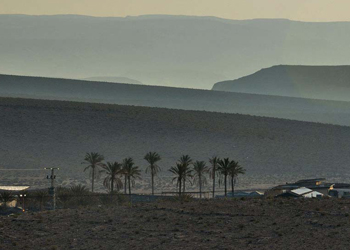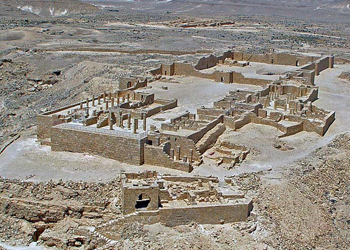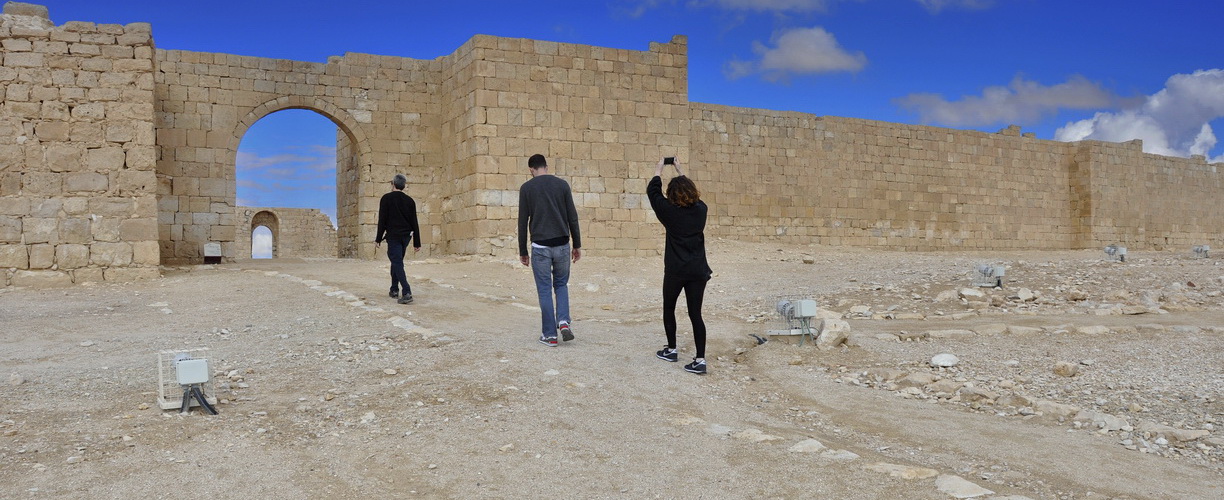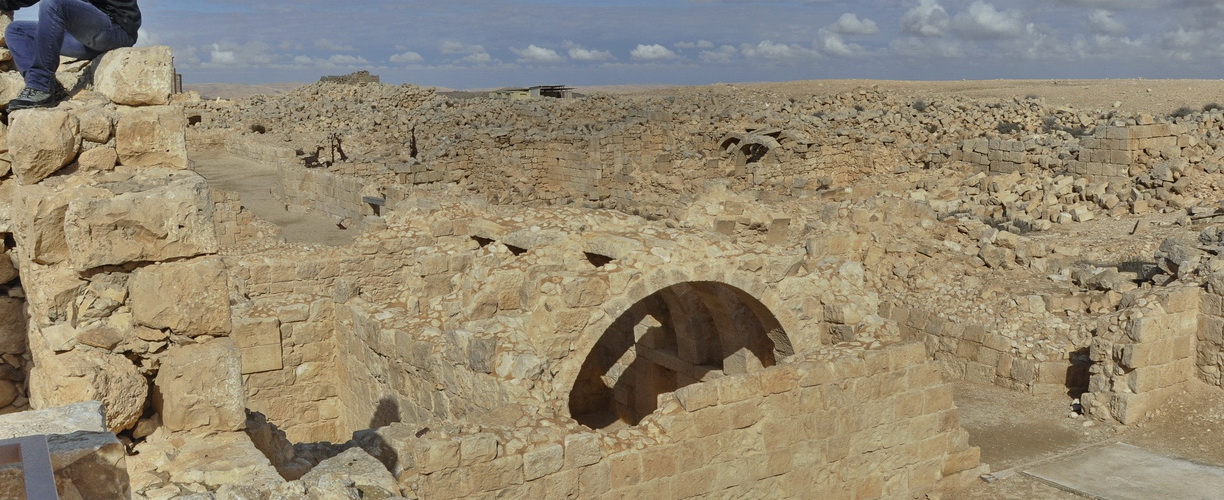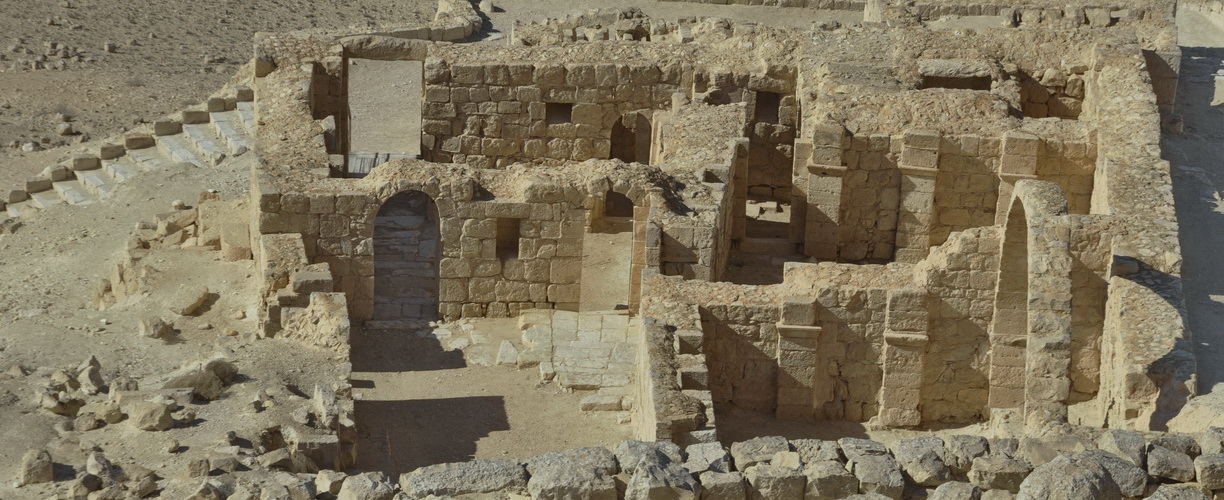A short account of Avdat, given by your Israel & Jerusalem private tour guide
Sitting on a hill in the central Negev desert, is the ancient city of Avdat. To be more exact – these are the impressive ruins of this city. One should visit the city because of what it can show, but the real story is that of the Nabateans, the people who lived in Avdat, Shivta and in four other cities in the Negev, as well.
What do we know about the Nabateans?
From various sources, we know they were a nomadic Arab tribe, like many others. In the 5th-6th centuries BCE, they began to engage in commerce – trading spices, rare perfumes and other desirable products, buying them at the Persian Gulf, and moving them on camels through the Arabian and Negev deserts. They knew of secret routes through the deserts and of hidden water cisterns. In this way, they were able to evade their enemies and had a “monopoly” on their trading, which went mainly to Greece and Rome. The Nabateans became extremely rich, a fact that is well-documented in their capital, as well as their burial sites in Petra. Along this spice route in the Negev, they built road stations, and later developed them into forts.
When the Romans conquered the area in the 1st century BCE, they tried to take the trade from the Nabateans. The Romans managed to succeed, but only after they conquered Petra in 106 CE. Without their trade, the Nabateans were forced to find other ways to make a living. They transformed the forts into cities. We think that they supported themselves, both by being paid to keep the border of the empire secure, and from agriculture. In the Byzantine period (4th-7th centuries), the Nabateans became Christians, but after the country was conquered by the Muslims, they abandoned their cities, which then became ruins.
Avdat, Shivta and the other surrounding cities were designated as World Heritage Sites by UNESCO.
What can we see in Avdat?
Most of what we see is from the later Byzantine period, but there are some sites from earlier times.
A Roman villa and a Roman burial cave.
A unique wine press.
The acropolis of the city, consisting of a large fortress and ritual compound. For rituals, they used two churches, which stood next to each other.
The remains of an early Nabatean temple.
A beautifully restored Byzantine home.

